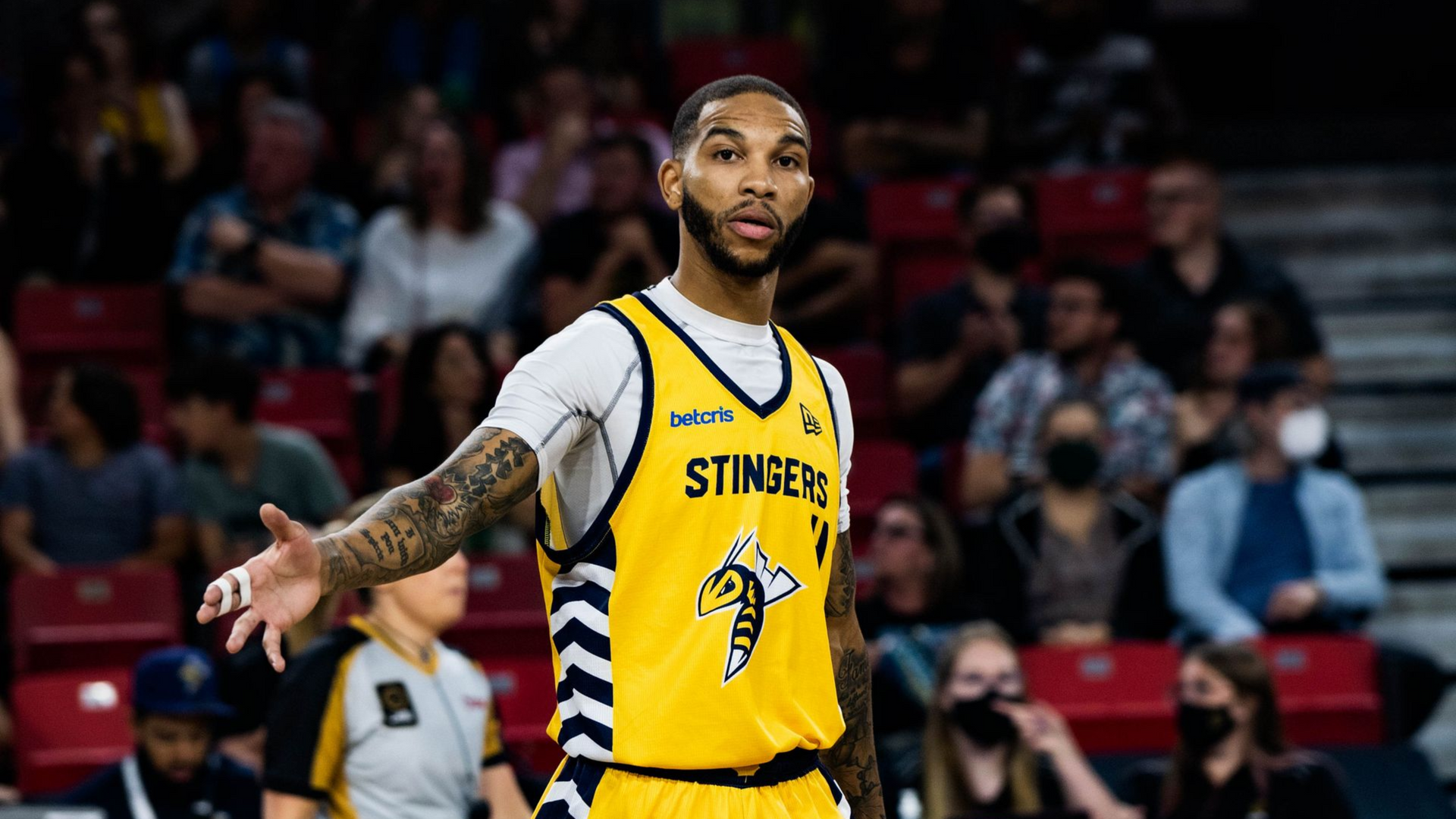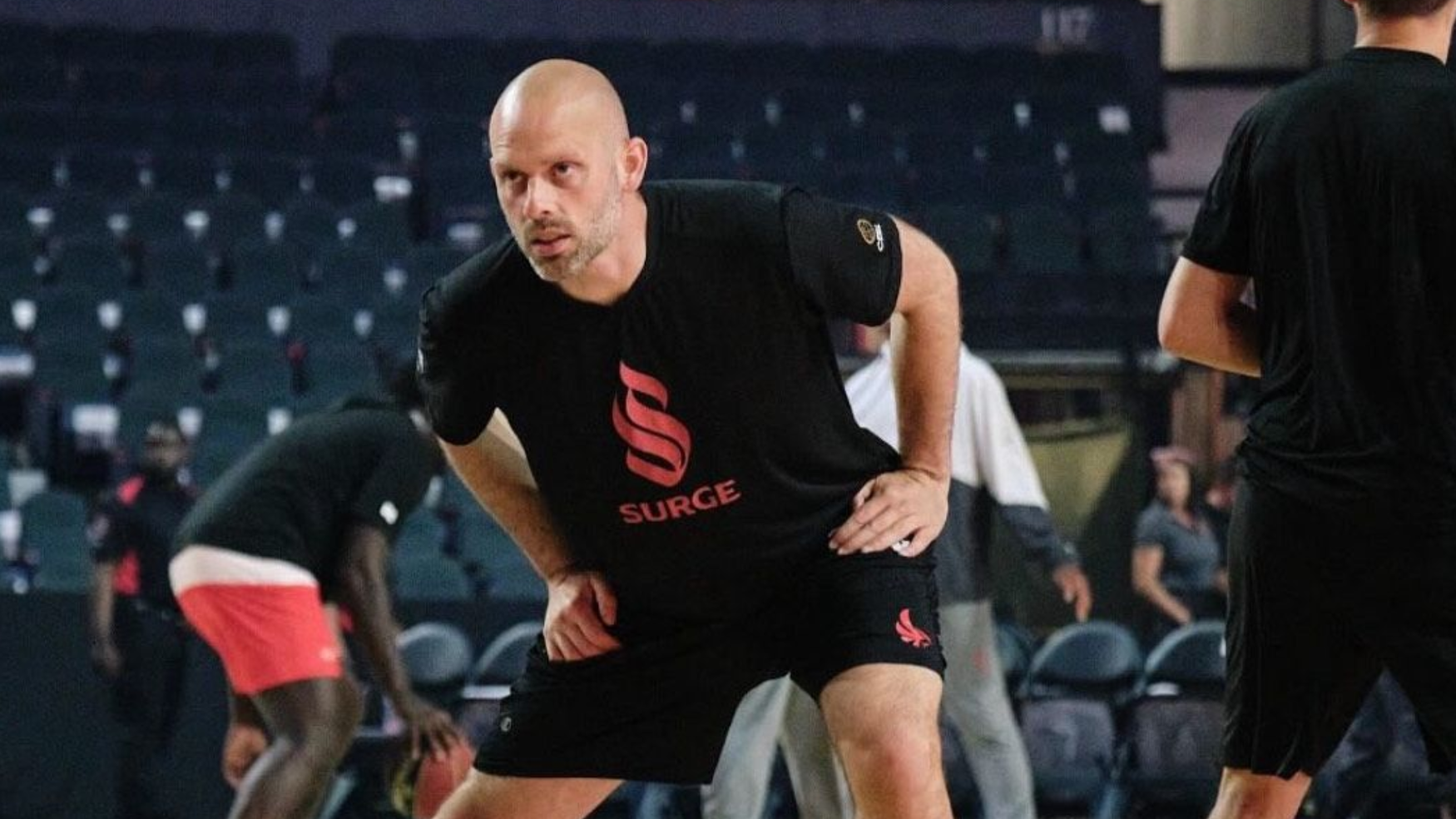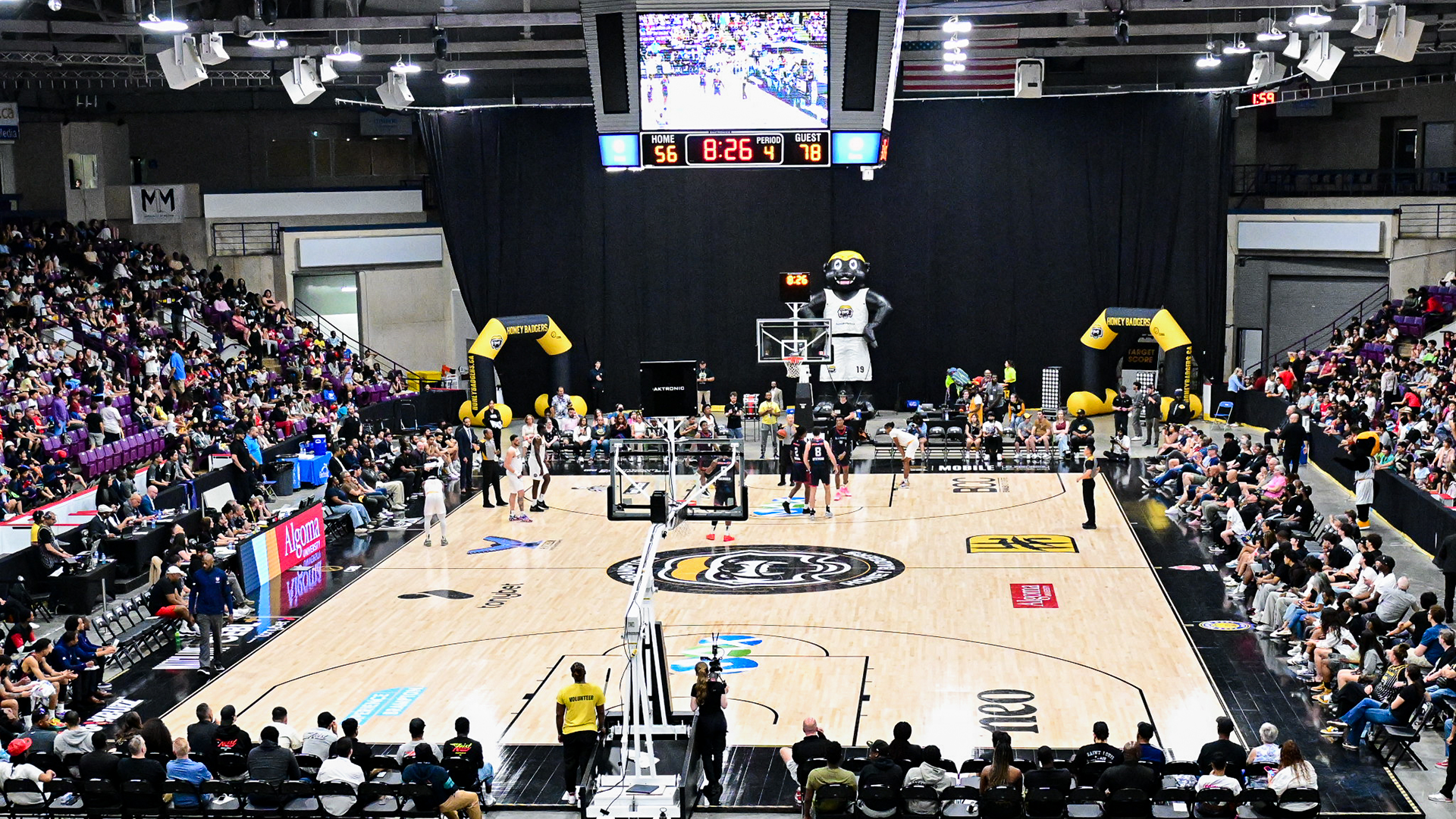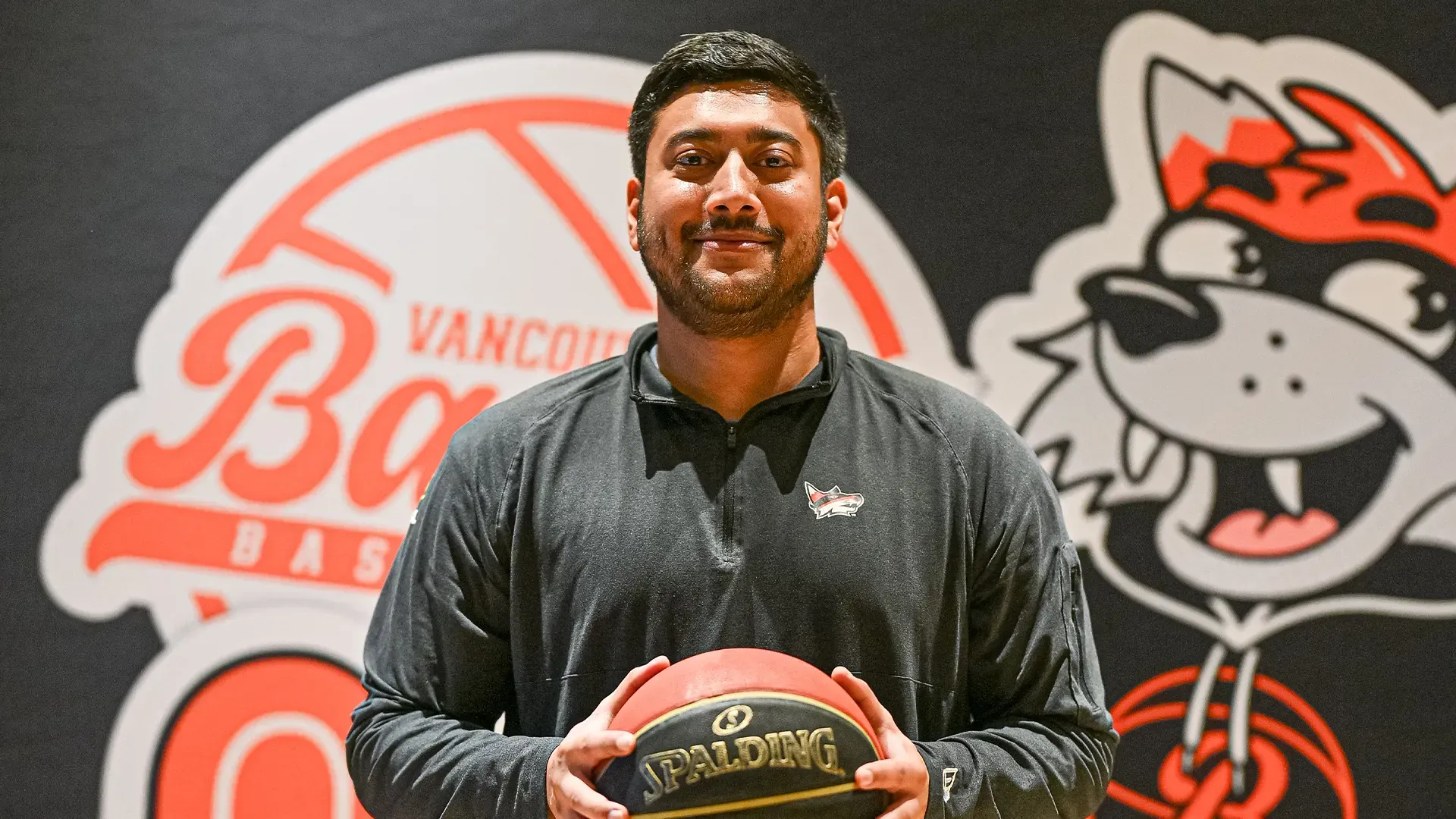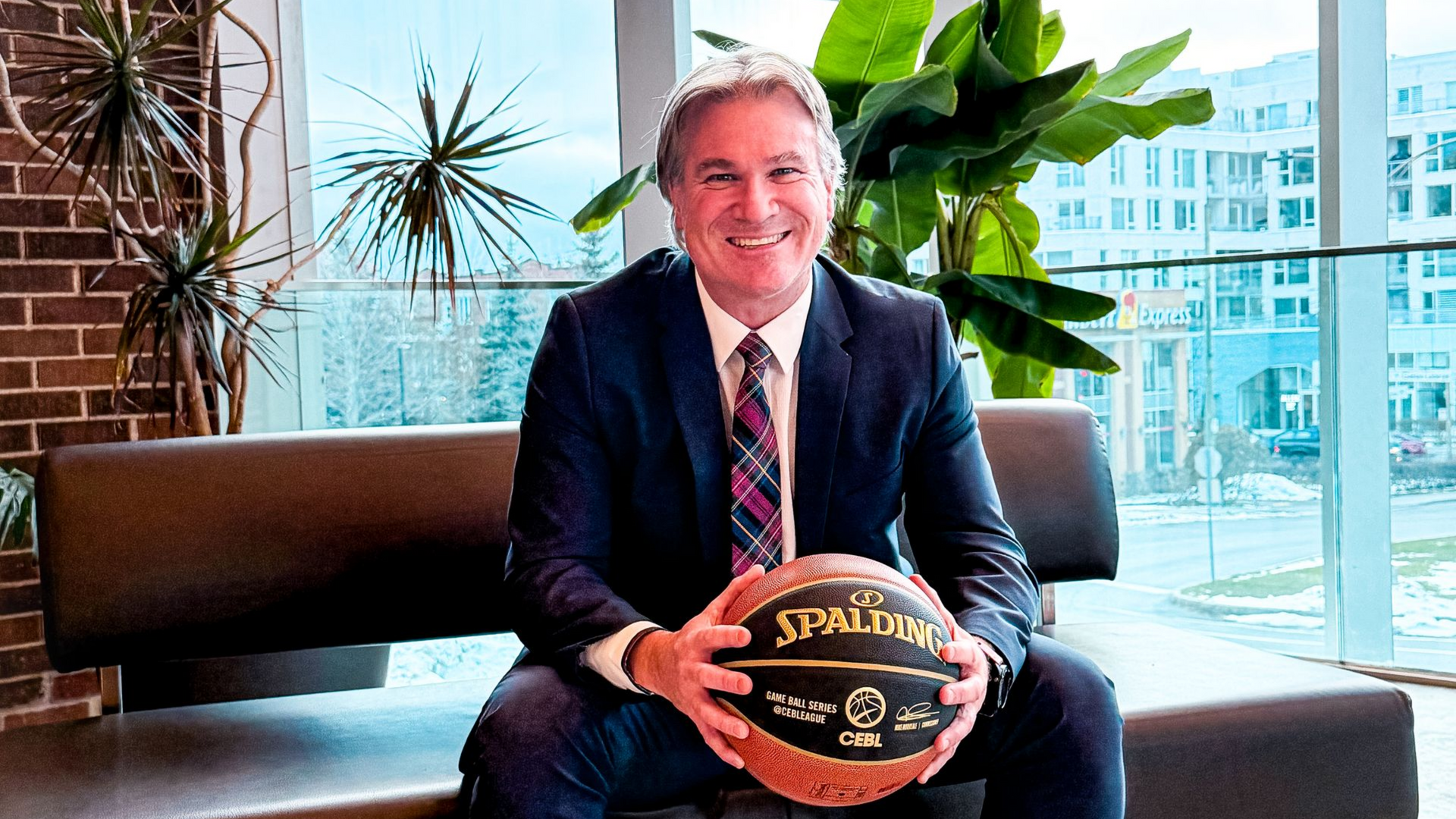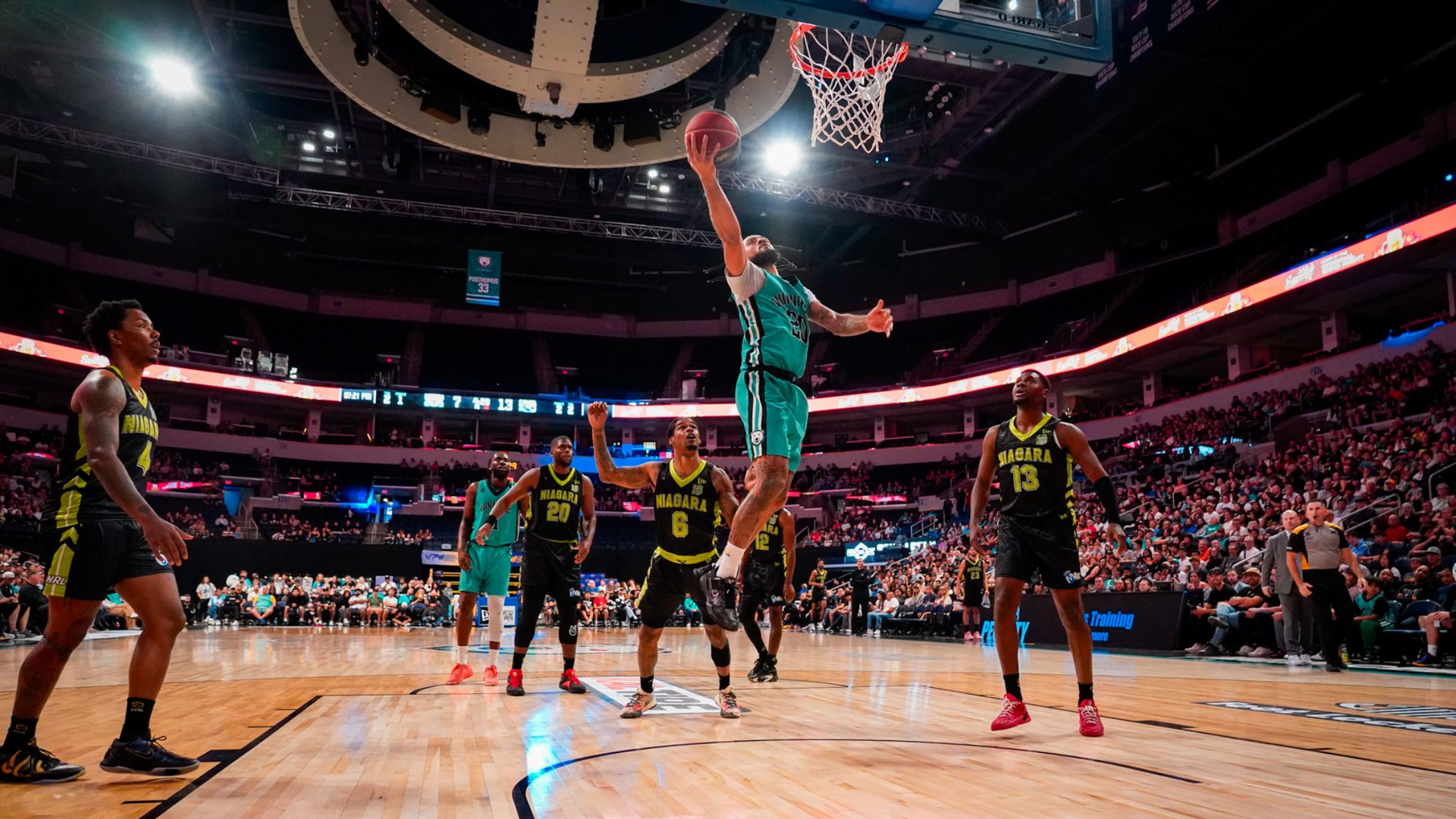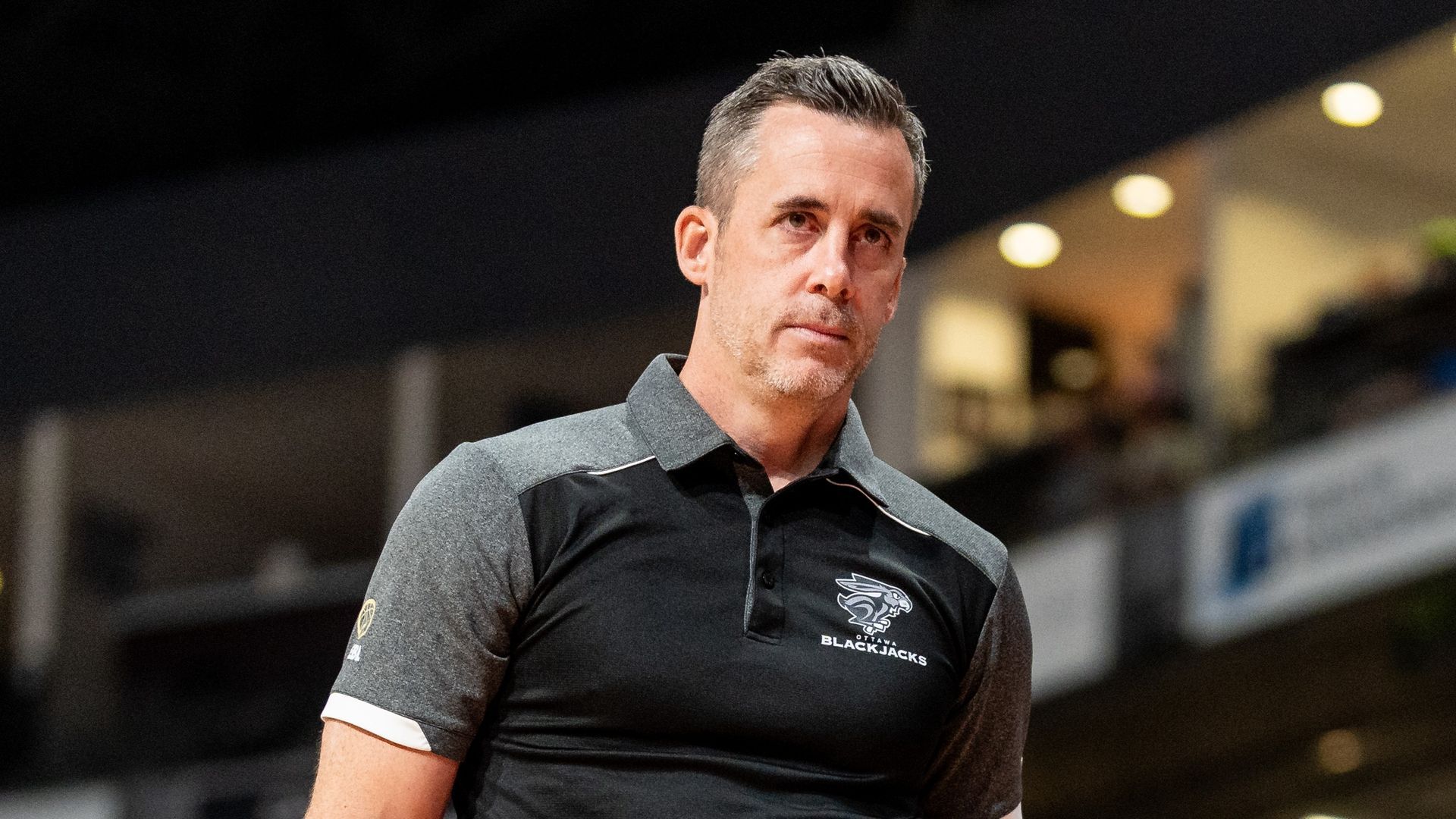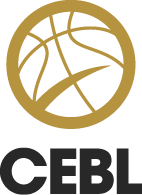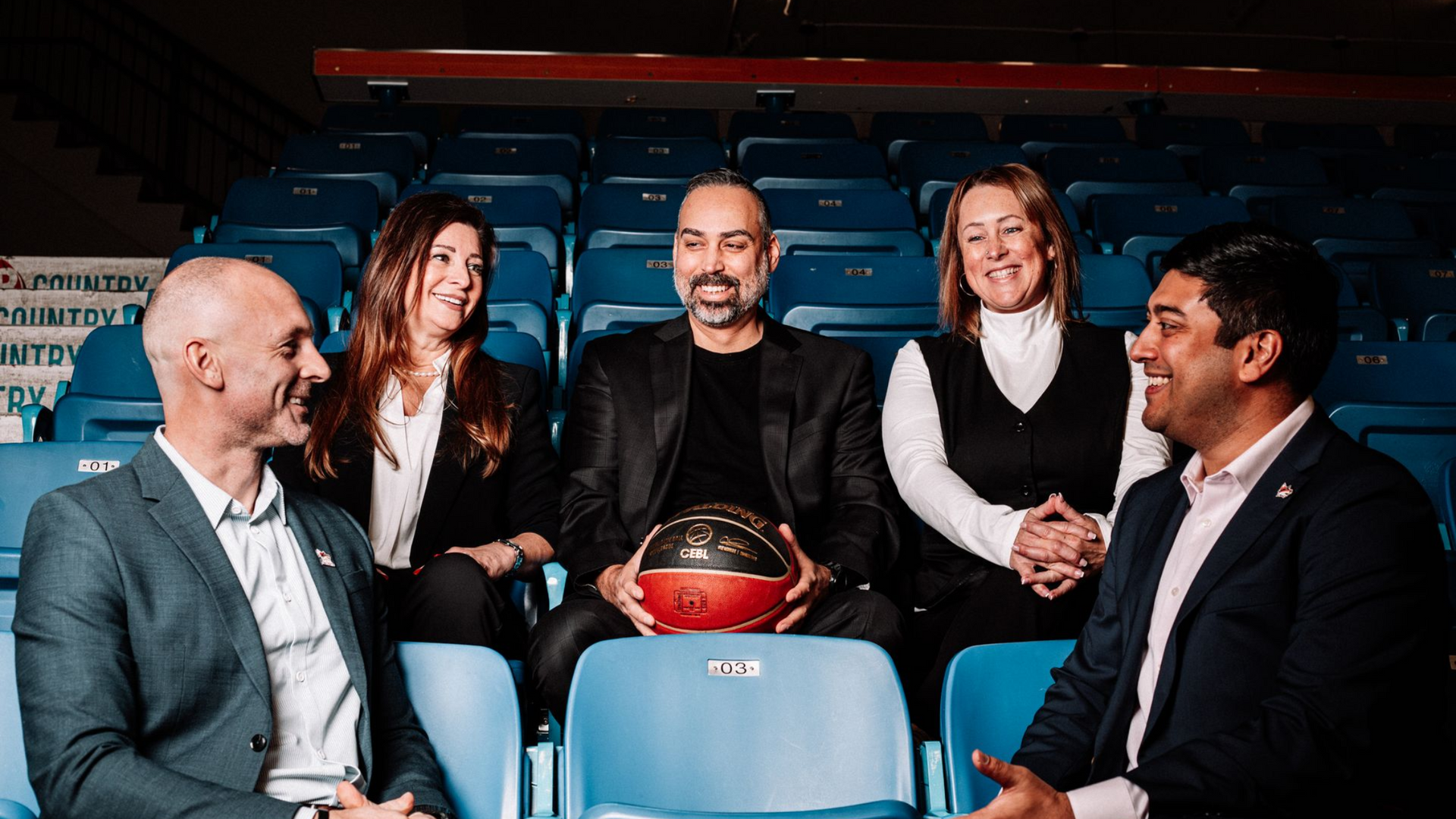How the CEBL is Developing Talent off the Court
Much like CEBL players Canadian broadcasters were honing their skills in the offseason
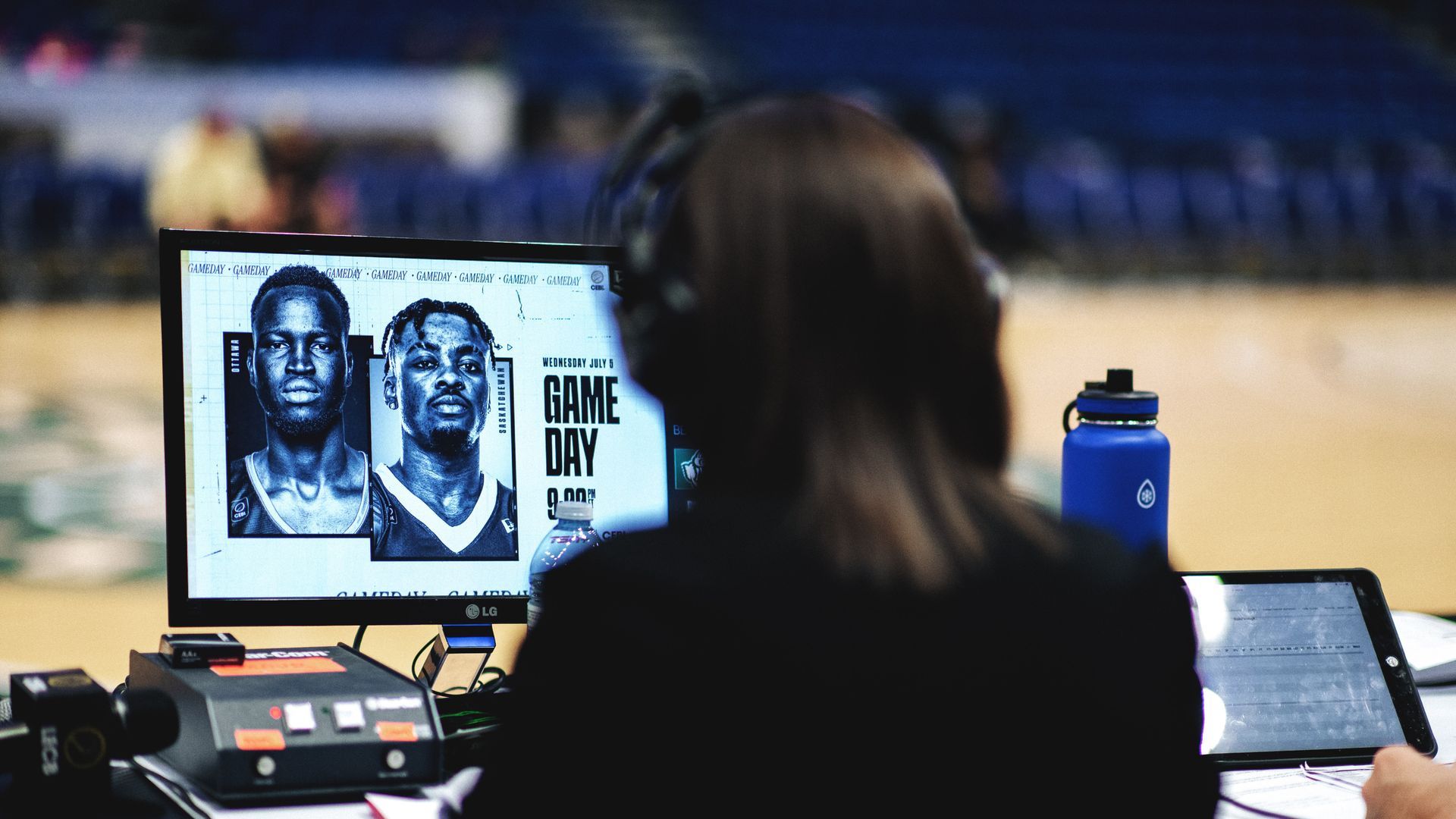
Mitch Peacock never realized he needed to become a sports broadcaster.
In the 1970s and 80s, as a child growing up in Castlegar, B.C, a town situated in the foothills of the Kootenay Rockies in the southeastern corner of the province, Peacock and his childhood friends would frequently meet up for a game of some kind
after school.
Before he called five Olympic Games and covered a pair of World Cups, Peacock was the voice of their games. Naturally, in the middle of a scrimmage, surrounded by mountains and streetlights, he called the action play-by-play.
His voice rose following a turning point — any big play.
“I was always known for talking a lot,” he said. “But I didn’t put the two and two together. My friends did.”
After graduating from the University of Alberta in 1989 with a degree in recreation administration, Peacock went to work in social services and helped kids who dropped out of school find a career.
For almost five years, he hosted workshops that taught kids how to identify their skill set and find something they were passionate about. Because, he told them, if you can mold those two aspects together, work will take on a different meaning.
But after half a decade, even though he enjoyed working with youth, Peacock realized he wasn’t listening to his own advice.
“I spent a lot of my free time reading about sports, watching sports and playing sports,” he said.
“I started to wonder how I could get into the sports world?”
***
The question is a common one for hundreds, if not thousands, of Canadians across the country.
Over
four million Canadian youth played in at least one organized sport in 2023, or roughly 67 per cent of the total population of people between the ages of three and 17 in the country.
Although a select few of those athletes will continue playing competitive sports in university — including a
record number of Canadians who played in the men’s and women’s NCAA March Madness tournament last year — many will have to look for other opportunities to stay connected to sports in their adult life.
“I liked the life of being a hockey player with a schedule and travel,” Peacock,
a former junior and university goalie, said.
“If I could find a way to work in broadcasting, broadcast hockey games, travel around with a team, it would be a combination of my interests.”
After leaving his career in social work, he started picking up gigs: calling radio for an Alberta junior hockey team, then the ECHL and WHL (and the East Coast Hockey League). He’s since become the English voice on the world feed of the Swedish Hockey League.
Peacock quickly became a jack of all trades broadcaster. Alongside his hockey duties, he built a relationship with the CBC to cover a variety of sports across five separate Olympic Games between 2014 and 2022.
“In Sochi, for example, I did all the freestyle skiing events,” he said.
“For Rio, my main assignments were women’s rugby sevens and men’s field hockey… For 2018 [PyeongChang], I was asked to do all the short track speed skating.”
Peacock, genuinely, gets excited at the prospect of covering a new sport. As a kid who grew up in a small town, sports were accessible, he said. There was no specialization at a young age and he gravitated to many different sports.
“It was just a world that made sense to me,” he said.
But even though he has called various sports as a broadcaster for nearly three decades, there was one sport that he never had the chance to call.
***
When the CEBL was founded in 2017, the league included a mission statement to “develop Canadian players, coaches, sports executives, and referees,”
according to its website.
On the court, the league has seen fourteen players sign NBA contracts following a CEBL season, numerous CEBL players attend NBA G League training camps every year, and there are currently six players on either a Basketball Bundesliga (BBL) or Basketbol Süper Ligi (BSL) roster.
But off the court, Peacock and other broadcasters across the country have also used the league to sharpen their basketball play-by-play and colour commentating skills.
“I had no experience and was shocked when these guys were giving me an opportunity,” said Dhanung Bulsara when the CEBL asked him to become a regional and national sideline reporter in 2021.
“But they saw something in me.”
Alongside Bulsara, former CEBL broadcaster Amy Audibert, who got her big break as a league sideline reporter in 2020, went on to
work for the Raptors and now serves as an analyst for the Miami Heat.
Matt Bonomi, who started calling basketball play-by-play in 2022 during the Basketball Champions League Americas, impressed the CEBL and has since become a regular broadcaster for multiple southern Ontario games.
Prior to sideline reporting, Bulsara, 37, created digital content for the Guelph Nighthawks. As part of the reporting gig, Bulsara also started hosting a show,
CEBL Weekly, that recapped the latest scores and highlights from across the league.
The front-facing television exposure gave him the confidence to be in front of a camera, and last spring, land an in-game host position with the Toronto Blue Jays.
“It’s always nice when you don’t have the experience but somebody sees potential in you,” Bulsara said. “They want to prepare everyone to get to that next level.”
Similar to Bulsara, Peacock, who joined the Calgary Surge in their inaugural CEBL campaign last summer, said he was drawn to the league because of its focus on allowing players and off-court personnel to grow and showcase their talents for other opportunities.
“I thought it’s one of those energetic, enthusiastic new projects,” he said. “A lot of what they do is development, whether that’s the athletes on the floor, coaches, medical staff or front office personnel.”
Despite not having any basketball play-by-play experience, Peacock was confident his skills would translate to the game. But he needed help understanding the technical aspects of the sport like the rules or strategies in certain moments.
So, prior to the season, Peacock and his broadcast partner, Jamaine Cummings, hopped on a video call once per week to call a CEBL game from the 2022 season. Peacock leaned on Cummings to break down the nuances of the game, and the sessions helped the two gain familiarity with one another.
“I had too much respect for the game, for the audience, to just kind of wing it,” Peacock said.
By the end of the season, Peacock’s play-by-play work did not go unnoticed. He built a demo reel and connected with a broadcast group who asked if he was interested in calling some more hoops.
“They said, ‘We see you got some experience in the CEBL, would you be interested in doing some European basketball?” said Peacock, who now is in the midst of a regular schedule of German BBL games and who has also done Turkish BSL contests.
The CEBL is a place where people — players and broadcasters — can grow, perform and demonstrate their talents, Peacock added.
Last month, for example, Peacock was calling a BBL game remotely from his home office in Calgary when one player jumped off his screen.
Thomas Kennedy, a four-year CEBL veteran who played for the Scarborough Shooting Stars last season, was on the court, playing for a team based in Bonn, Germany.
As Kennedy started knocking down open shots and gaining steam on the court, Peacock gently raised his voice, eager to meet the moment.
“Thomas Kennedy was absolutely rocking it,” Peacock said.
“And here I am, referencing his CEBL resume on an international broadcast of the BBL.”
